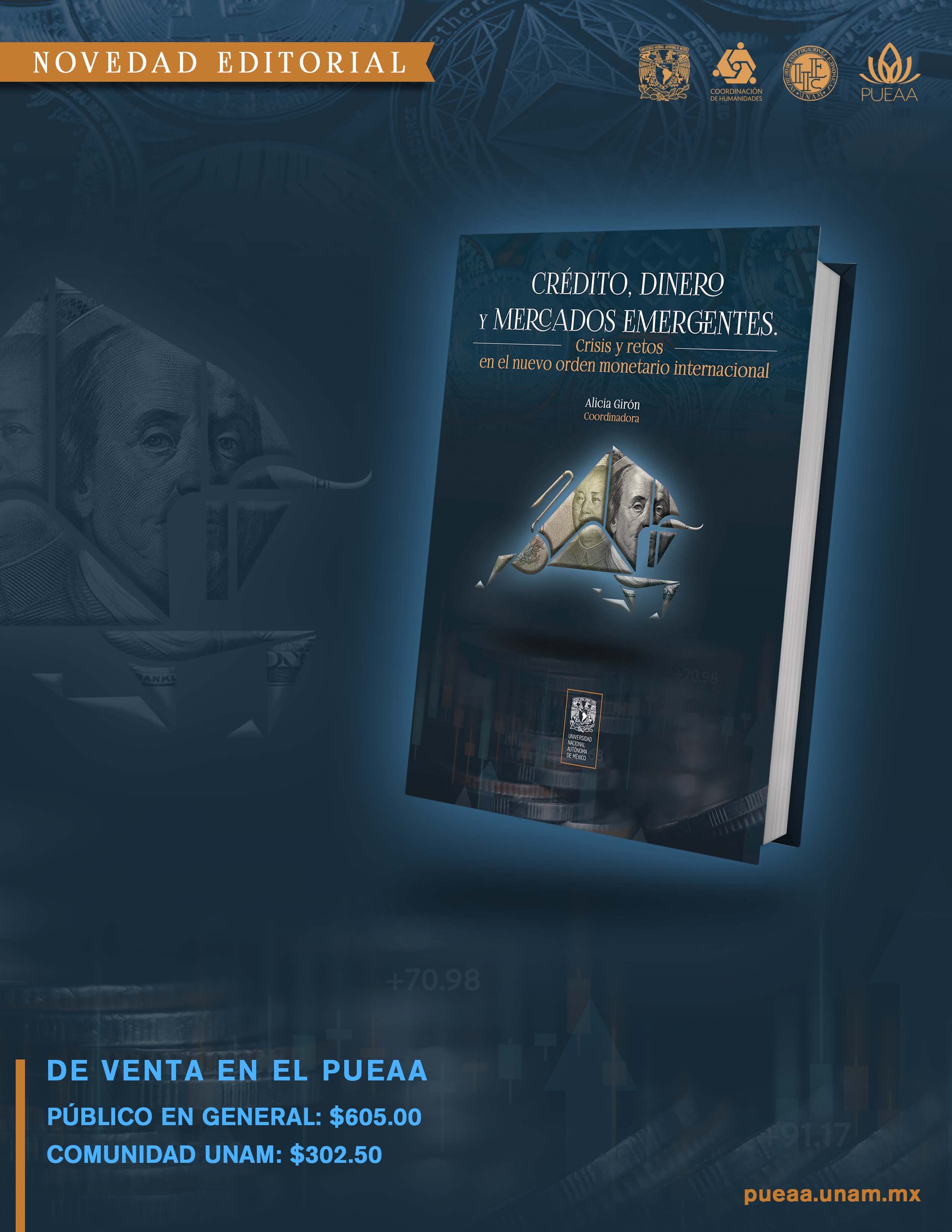She holds a PhD in Economics from the University of Paris XIII. She is a professor-researcher at the Department of Pacific Studies of the University of Guadalajara. Member of the National System of Researchers, level I. Her current research interests are: economic and financial development in Asia-Pacific, the external vulnerability of developing economies in East Asia and Latin America, and regional financial cooperation in East Asia. She is the author of the books: “Economic Growth and Financial Development in Asia-Pacific”, “vol. I The Industrialization of East Asia” and “vol. 2. The Primary Export Economies of Oceania and Latin America”.
In recent years she has published: " The economic relations of the Pacific Alliance with Japan: specificities and perspectives, Latin American Contextualizations", 2020; "The Pacific Alliance and East Asia: economic relations, scope of intra-industrial trade and prospects for greater productive linkages", 2019; "Economic relations between South Korea and the Pacific Alliance: Towards a deepening of productive ties? ", 2017; "Pacific Alliance and the future of its relations with Korea, Japan and China", 2017; "The emerging economies of East Asia and Latin America in the face of uncertainty and volatility in Mexico and the Pacific Rim", 2014; "Direct investment flows and insertion in global value chains: what can the Pacific Alliance change? ", 2016; "Liberalization, financial development and financial integration in Asian economies: a comparative perspective with Mexico and Latin America", 2012; "South Korea facing the global financial crisis: costs and benefits of financial openness", 2012, in collective books.




